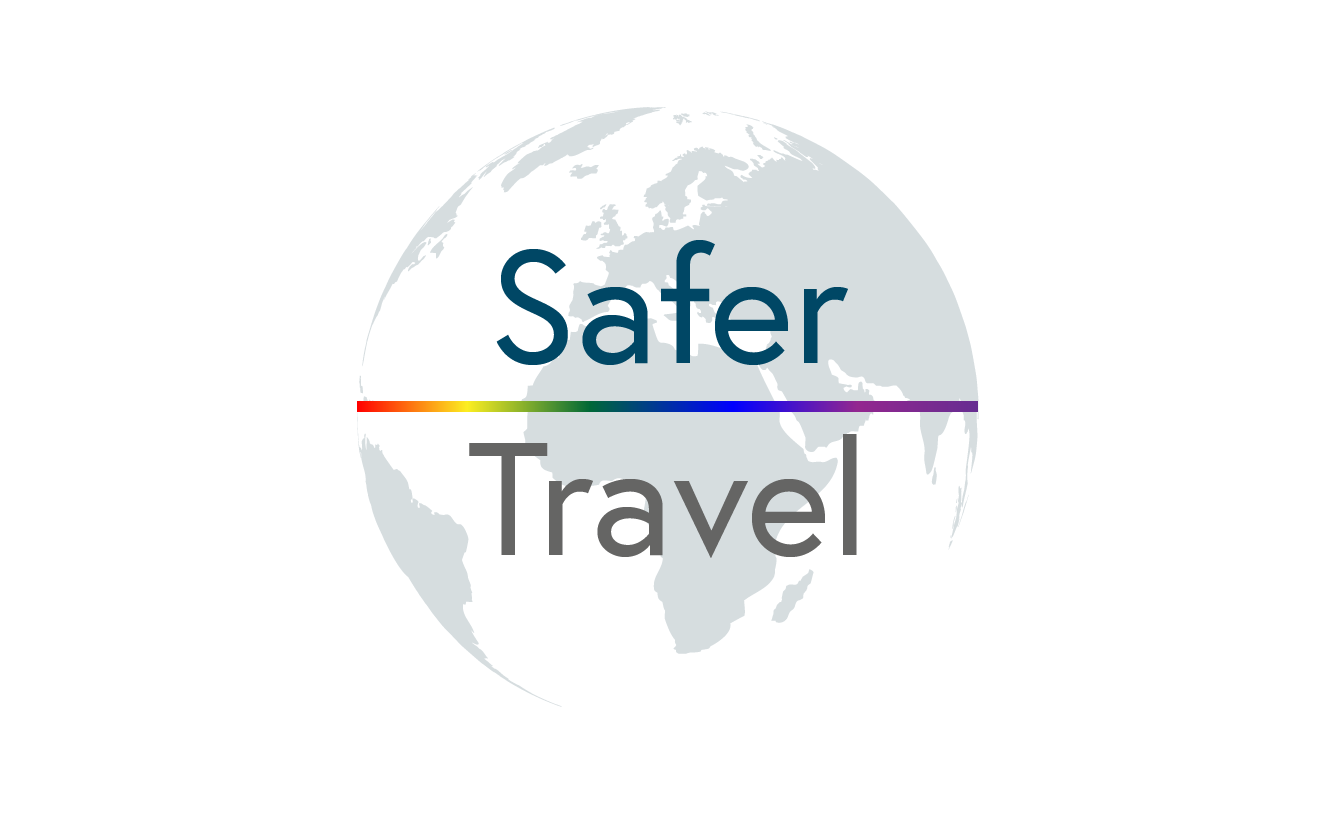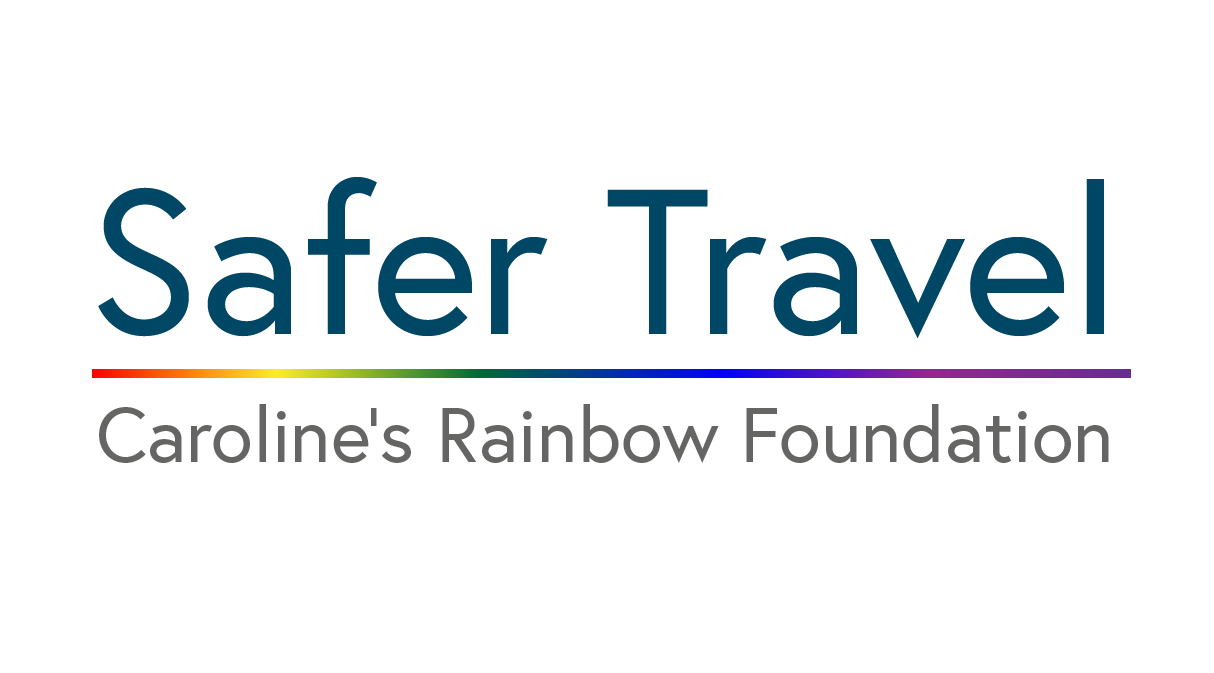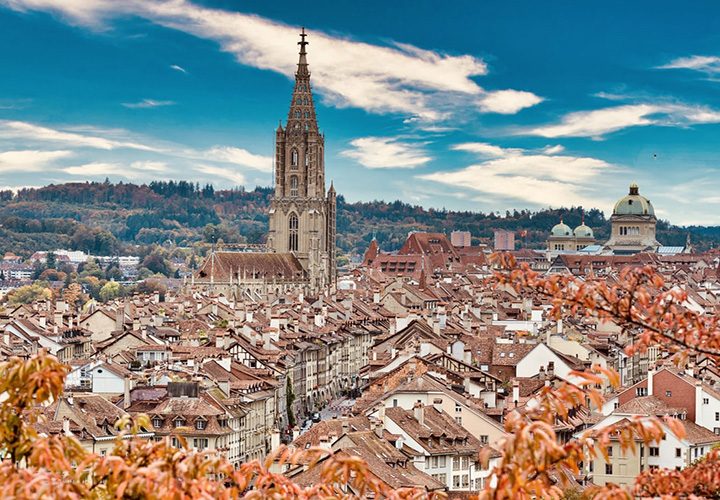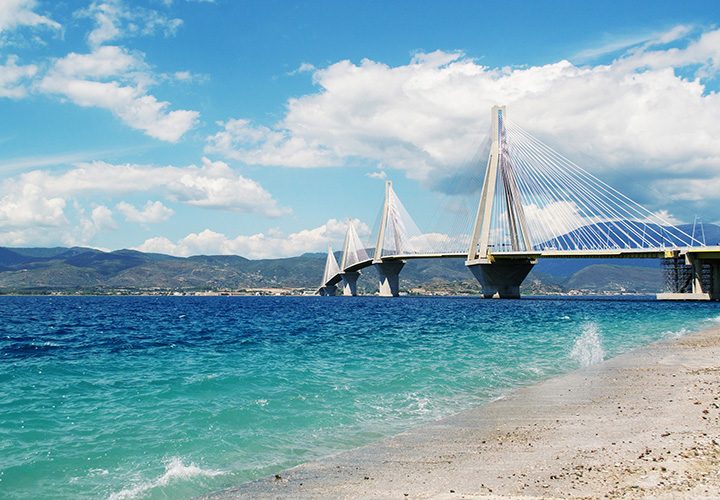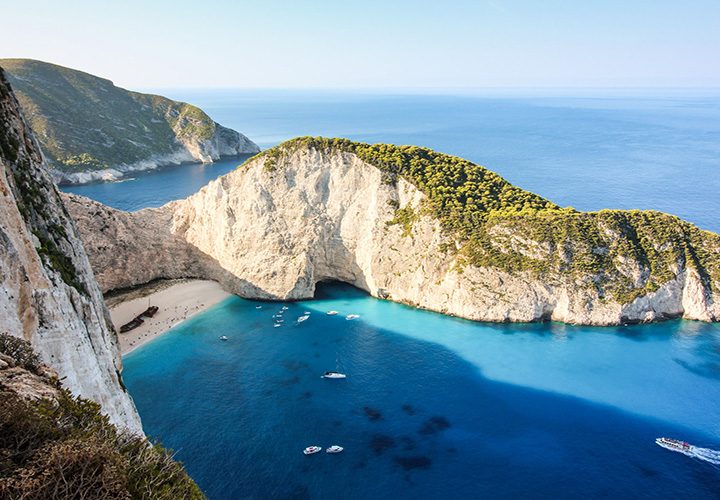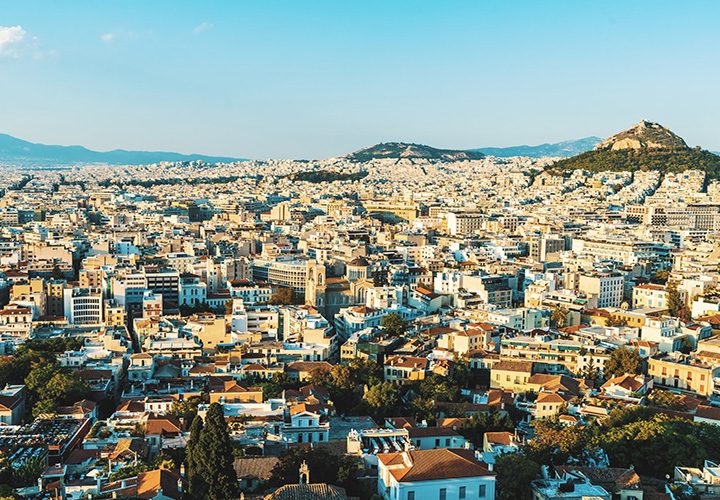Cologne
Cologne is the largest city in Germany’s North Rhine-Westphalia region. Cologne sits along the river Rhine and the city’s cathedral, Kölner Dom, is the third-tallest church and tallest cathedral in the world. The city has a strong rivalry with neighbouring city Düsseldorf and displays this through various sporting and cultural events.
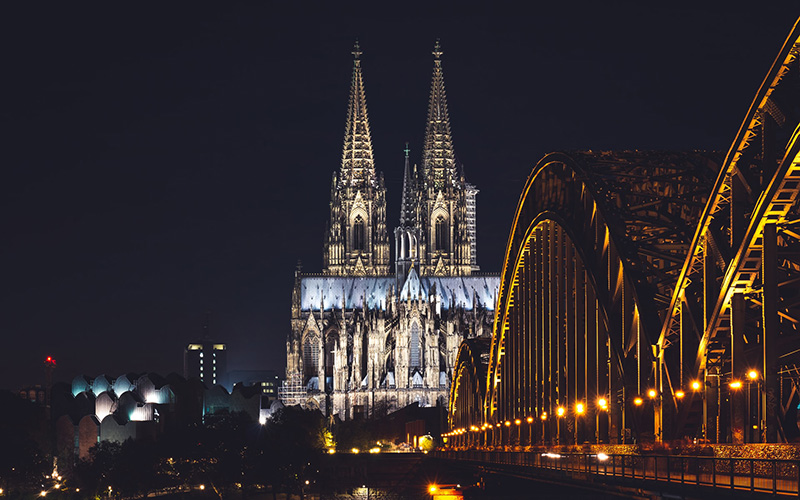
Details
Before visiting any town or city make sure you know the basics. General details and important information.
- Emergency Services: 112 and 110
- Language: German
- Currency: Euro
- Country Code: DE
- Travel Visa: None required
- Population: 1,000,860
Risk Level
Researching various official sources, we perceive the risk to holiday makers and travellers are as follows;
Travellers Tips
Top travel advice and interesting tip bits of information from experienced travellers.
Emergencies
For the Emergency services just dial 112 for fire and ambulance services, and 110 for the police.
Hospitals in Cologne
Tourist Offices
Travelling Around
Airports
Train Stations
Cologne Safety
Where can I keep up with local news?
What are some common crimes to look out for?
As with most major cities there is an element of crime most common pickpockets who tend to target tourists. If you take the usual safety precautions you should have a safe experience and no major problems.
What are some top safety tips?
Cologne’s inner city has become a Low Emission Zone with traffic restrictions for vehicles as of January 1, 2008. Only low-emission vehicles may drive in this zone. Vehicles emitting high levels of pollutants are banned. The area is marked with traffic signs labeled “Umweltzone” (Low Emission Zone). The regulations regarding the Low Emission Zone apply for all Cologne residents and visitors, also those from abroad. This is why you should inform yourself about the regulations at your destination before your departure.
If you want to drive with your car into the center of Koln / Cologne, you need to have an environmental badge (sticker). This sticker you need to get in advance.
This applies to more and more cities in Germany. If you do not have the sticker, you risk a penalty of 40 euros.The Rhine quays below the Dome are wonderful with their bars where you can sit and watch river barges and people. Just please don’t eat here unless you’re recommended a particular place as the quays are lined with restaurants trying to pack the tourists in and serving a mish-mash of cuisines making the food nothing particular in any cooking style.
You might also want to keep a copy of phone numbers & account numbers of any cards you have in your wallet so you can cancel them right away if this happens to you. Keep the information in your suitcase or hotel safe.
Local Traditions
Every culture has its customs and traditions, they have been handed down the generations and are always held in high regards by the local residents.
Annual Ceremonies
The Cologne carnival is as old as the history of the city itself. However, its current format was first celebrated around 180 years ago. Approximately 180 carnival societies, local associations and district communities celebrate with around 600 ‘sessions’, balls and parades. Its prominence in Colognian tradition has led to the carnival period becoming known as the year’s ‘fifth season’, which begins every year on 11/11 at 11:11 sharp. Applauded by droves of costumed revellers, the City Mayor hands the keys of the city over to the ‘Prince Carnival’, who then reigns symbolically over the city until Ash Wednesday.
Kölner Lichter (‘Lights of Cologne’) is one of the annual highlights of the cathedral city’s events calendar. The banks of the Rhine and the skies above Cologne light up in July. A convoy of 50 festively illuminated boats and flares glowing from the river banks set the scene. Visitors lining the banks wave hundreds of thousands of sparklers to accompany the main firework display, which is particularly impressive because of its synchronisation with music broadcast from loudspeakers and via radio.
Annual Events
Annual events allow a city come together for some amazing experiences. If visiting at this time, make sure you have your accommodation booked and are always aware of your surroundings when travelling around.
Cologne Events
The world’s oldest and most famous art fair with 180 international exhibitions aimed at presenting art to a wide audience. Focus is on art of the 20th and 21st centuries
This annual event is a prime example of the artistic diversity to be found in the Rhine and Erft cultural region: around 45 contemporary artists exhibit their works in the historic atmosphere of the Brauweiler abbey in Pulheim. As well as works from the Rhineland, exhibits are also displayed by artists from other parts of Germany and even abroad. The ‘KunstTage Rhein-Erft’ exhibition series has seen an increasing number of visitors over the past few years, with the most recent example recording around 10,000 during the two open days. The KunstTage exhibition takes place in mid-August.
Cologne Highlights
Are there any particular highlights worth checking out?
A Roman Catholic cathedral of St Peter, it is a perfect exemplification of the German Gothic architecture and German Catholicism making it Germany’s most visited landmark as well as a World Heritage Site. It is the second tallest structure in Cologne, but it takes up 8,000 square meters, enough to accommodate more than 20,000 people. The foundation stone of the building was laid in 1248 but work wasn’t properly started until 1842 or completed until 1880 to the original specifications created in the Middle Ages. As well as beautiful glass windows the cathedral offers a 100m tall tower where after climbing an impressive 533 steps, visitors can experience a breathtaking view of the old city.
Opened in 1957 the Cologne Cable Car was the first to cross a river and traverses a length of 935 meters. The cable cars offer the most unique way of traveling across the city, and also the safest. With over 2,000 people able to cross the Rhine every hour, it is a popular mode of transport taking users over some fantastic views such as the flora and botanical gardens.
A Romanesque Catholic church the Great St Martin Church is a typical example of Rhineland architecture in the Middle Ages. The church was built on top of original Roman warehouse’s ruins, where the seamless transition from the old ruins to the newer church can still be seen. The interior boasts a different age of influence with spartan furnishings of the same era as the erection of the church between 1150 and 1250. The grounds housing the church are also worth a visit as they reflect some of the history.
What are some good days out?
In the north of Cologne near the left banks of the Rhine visitors can see a beautiful 11.5 hectare garden which is home to over 10,000 plant and tree species adjacent to the Zoological Garden. Some of these many species are displayed in various plant houses such as the tropical green house and palm tree green house, smaller tropical houses let people see an abundance of edible plants such as cocoa, coffee, vanilla, pineapple and cinnamon to get the taste buds tingling. In the centre of the grounds there is a Flora House which is a nice restaurant to stop and have a bite to eat while taking in the surroundings. Admission is free.
One of the oldest and largest zoological gardens in Germany, Cologne’s zoological garden is located in the northern borough of Riehl close to the Flora botanical garden. Presenting over 7,000 animals in more than 700 species there is plenty to do at Cologne Zoo. There are various feeding times for a variety of animals including penguins, meerkats, baboons and sea lions. Guided tours can be given along with events such as animal shows and lectures. Open in all seasons this is a great place to visit as a family.
The Peoples’ Garden (Volksgarten) offers a large park area, including a children’s play area as well as a pond where paddle boat rental can be found and a great beer garden. It is a popular area for barbecues, but if you haven’t brought your own food restaurants can be found, an ideal location in the summer in particular.
